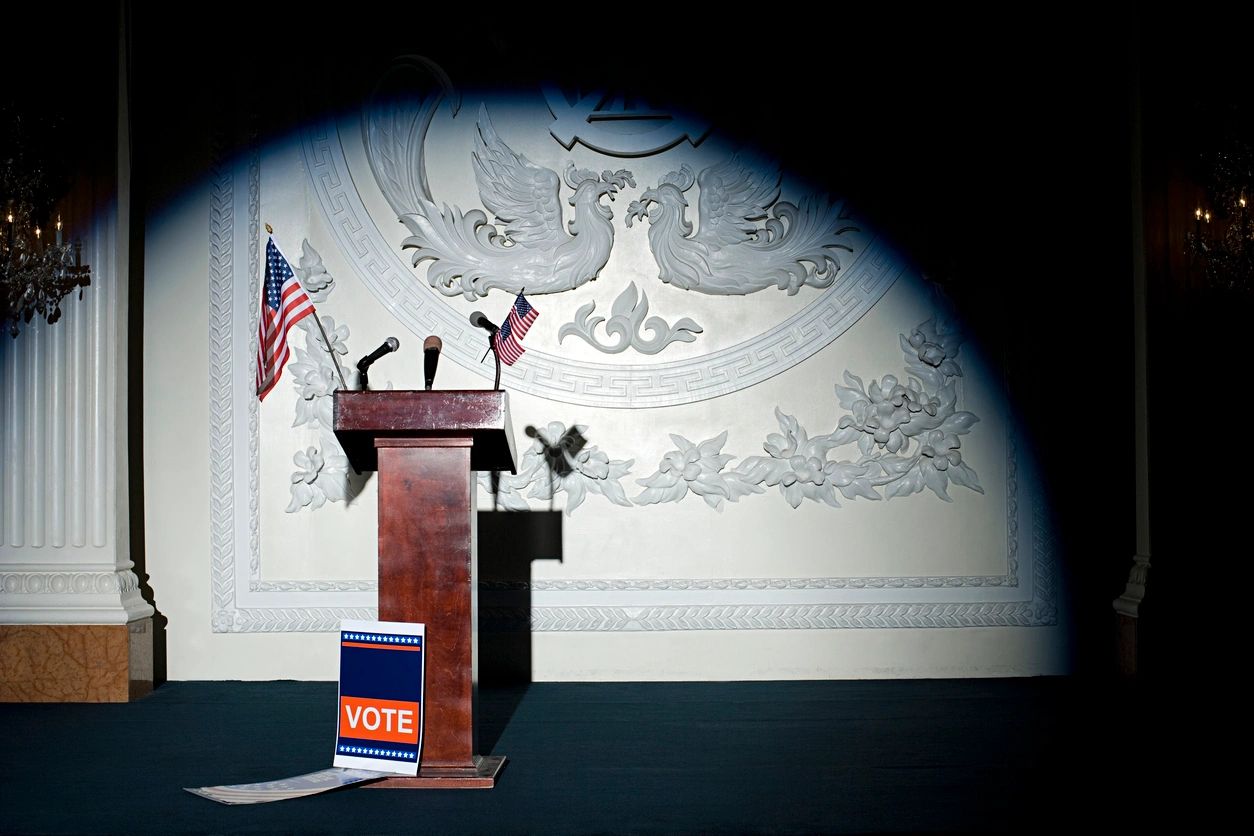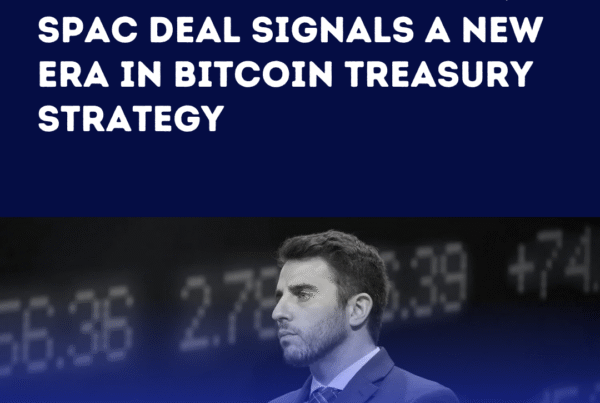
Trump’s recent executive order to establish a U.S. sovereign wealth fund has sent ripples through the financial world, and it’s got my attention in a big way. As someone who’s spent over three decades navigating the ever-evolving landscape of money and technology, I see this as more than just another policy shift—it’s a potential watershed moment for digital assets, especially Bitcoin.
While the order itself doesn’t explicitly mention cryptocurrencies, the signals are hard to ignore. The appointment of key officials like Treasury Secretary Scott Bessent and Commerce Secretary nominee Howard Lutnick—both with known crypto-friendly views—speaks volumes. It’s like they’re laying down the welcome mat for digital assets to enter the institutional big leagues.
I remember the early days when many dismissed digital money as a passing fad. But here we are, with Bitcoin trading around $100,000, and it appears even the government is warming up to the idea. This sovereign wealth fund could be the very place where digital money finally gets a seat at the table, alongside traditional assets like stocks and bonds.
Why is this such a big deal?
Traditionally, sovereign wealth funds are the domain of nations flush with resource revenues, designed for long-term, risk-adjusted investments. For the U.S. to adopt such a fund signals a strategic pivot—a move from relying solely on private markets to embracing a state-backed investment strategy. In today’s climate of low yields and inflation fears, it makes perfect sense for a well-managed fund to consider alternative assets, and that’s where crypto comes in.
The involvement of Lutnick and Bessent is particularly telling. Howard Lutnick, the CEO of Cantor Fitzgerald, isn’t just dipping his toes in the crypto waters; he’s diving in headfirst. With public disclosures of significant Bitcoin investments and his firm’s role as custodian for Tether’s government securities, Lutnick’s pro-crypto stance is undeniable. His involvement in steering the fund strongly suggests that digital assets could be part of the investment mix. While perhaps more cautious, Scott Bessent’s measured interest in digital assets indicates a willingness to explore new frontiers as part of a modern investment strategy.
If this fund does indeed embrace crypto, it would be a historic first—a major government-backed portfolio holding digital assets. This could set a new benchmark for institutional participation in the crypto market, much like sovereign funds in resource-rich countries have done for other asset classes.
Moreover, the process of establishing the fund will necessitate rigorous due diligence and an evolving regulatory framework. With crypto-friendly officials at the helm, we might finally see a more stable, supportive policy environment emerge—a development long awaited by industry proponents, myself included.
What does this mean for investors?
Institutional acceptance of Bitcoin and other digital assets could encourage more conservative investors to consider crypto, potentially reducing volatility in the long run and further integrating digital assets into the traditional financial system.
Having witnessed numerous shifts in the financial landscape over my career, I can say this one feels particularly special. I’ve seen firsthand how financial innovations, once deemed too risky, have become the norm. This fund, for instance, could be financed in unprecedented ways—perhaps by leveraging income from tariffs or other sources on the government’s balance sheet. The details are still emerging, but the involvement of key figures with a history in blockchain tells me that we are entering a phase where digital assets might finally be seen as a serious investment option by the state.
There’s a growing sense that a government-backed position on crypto can bring much-needed clarity. For investors who have been cautious due to mixed signals in the past, this move may offer a steadier path forward. It is a sign that the traditional financial world and the digital cash community might find common ground.
The executive order mandates a plan within 90 days and full implementation within 12 months. As someone who has built businesses and helped raise capital in this space for decades, I see this as a chance for greater stability and recognition for digital money. We should all keep a close eye on how the plan unfolds in the coming months.
The idea of a government wealth fund including digital assets is not just a story for the history books—it could fundamentally change how we all think about money and investing. It’s a bullish signal, a transformative shift, and a testament to the enduring potential of digital assets as part of a modern, diversified sovereign wealth strategy. The future of finance might just be arriving sooner than we think.
LINKS




